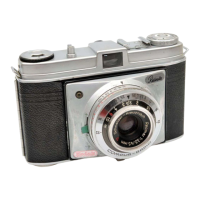
Do you have a question about the Kodak Retinette and is the answer not in the manual?
| Brand | Kodak |
|---|---|
| Model | Retinette |
| Category | Digital Camera |
| Language | English |
Explanation of lens coating technology and its benefits for image quality.
Description of lens hoods and their function in protecting the lens from light.
Details on operating the Compur-Rapid shutter and using the light value system for exposure.
Information on various shutter models like Vero, Pronto LK, Prontomat, and Prontor.
Step-by-step instructions for loading film into the camera.
Specific procedures for operating earlier Retinette camera models.
Methods for safely and conveniently transporting the Retinette camera.
Instructions for advancing film and setting exposure parameters.
Steps for setting focus and taking a photograph.
Instructions for rewinding and removing exposed film from the camera.
Explanation of the film release button's purpose and operation.
Guidance on intentionally creating double exposures for creative effects.
Procedure for removing partially exposed film in darkroom conditions.
Process for replacing film mid-roll, for example, with different film types.
Details on daylight cassettes, darkroom refills, and bulk film formats.
Guidelines for safe film handling, particularly in low light conditions.
Proper techniques for handling, winding, and trimming film.
Information on panchromatic, infra-red, and ordinary film characteristics.
Explanation of ASA, BS, DIN systems and their relation to film speed.
Description of colour negative film characteristics and output.
Description of reversal colour film for transparencies.
Explanation of the concept of depth of field and its impact on image sharpness.
How to use built-in features for managing depth of field.
Reference to tables providing zone focusing settings for various subjects.
Details on close-up rangefinders and supplementary lenses.
Guide to operating the close-up rangefinder for accurate focusing.
Information on alternative close-up lens options like meniscus lenses.
Discusses the use of exposure tables and various types of light meters.
Method for measuring light reflected from the subject.
Method for measuring light falling directly on the subject.
Overview of common filters (yellow, UV, orange, red, blue) and their effects.
Guide to different types of flash units and their setup for use.
How to calculate correct exposure using guide numbers and apertures.

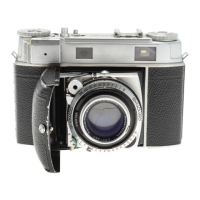



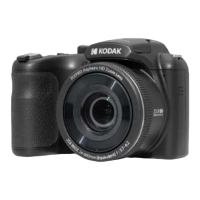

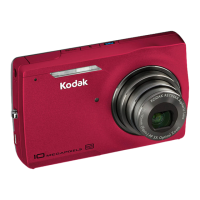

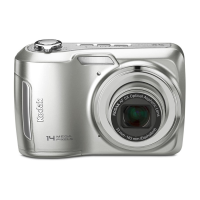
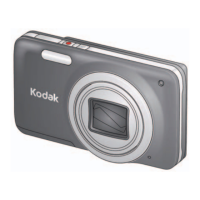
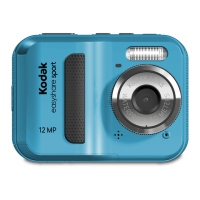
